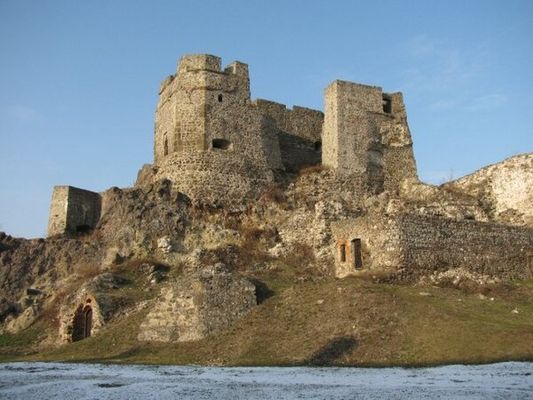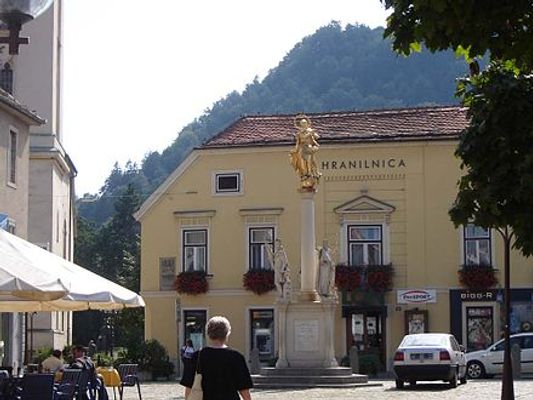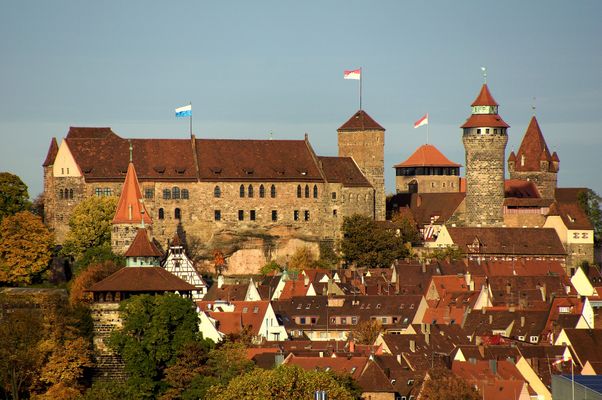
From Wikipedia: Austria (German: Österreich, literally "the Eastern Realm" or "Eastern Empire") is a landlocked alpine German-speaking country in Central Europe bordering Switzerland and Liechtenstein to the west, Germany and the Czech Republic to the north, Slovakia and Hungary to the east and Slovenia and Italy to the south. Austria, along with neighboring Switzerland, is the winter sports center of Europe. However, it is just as popular for summer tourists who visit its historic cities and villages and hike in the magnificent scenery of the Alps.
find another country
Who's been?
 #20
#20 #27
#27

Nearby countries

Note to self
Hallstatt in Austria is something out of a dream but it gets overwhelmed (ruined?) by day trippers. Don't do that. Stay the night and explore the neighbouring mountains and give this beautiful place the time it deserves. Someday we will go on more wonderful hikes in Austria into alpine forests.
More information on Wikivoyage.

Hallstatt memory

Vienna
Average temperatures
Jan
3°CFeb
5°CMar
10°C2Apr
15°C6May
20°C10Jun
23°C13Jul
26°C15Aug
25°C15Sep
20°C12Oct
14°C7Nov
7°C2Dec
4°C0
Bregenz
Average temperatures
Jan
3.4°C-1.6Feb
4.9°C-0.9Mar
9.5°C2.2Apr
13.3°C4.8May
18.5°C9.3Jun
21.3°C12.2Jul
23.7°C14.5Aug
23.3°C14.4Sep
19.2°C11.1Oct
13.3°C7.2Nov
7.6°C2.3Dec
4.6°C-0.3
Eisenstadt
Average temperatures
Jan
2.8°C-2.9Feb
5.3°C-1.6Mar
10.4°C1.9Apr
15.3°C5.5May
20.6°C10.1Jun
23.4°C13.2Jul
25.9°C15.2Aug
25.7°C15.1Sep
20.9°C11.4Oct
14.8°C6.5Nov
7.7°C1.7Dec
4°C-1.2
Graz
Average temperatures
Jan
2.8°C-3.8Feb
5.8°C-2.9Mar
10.7°C1Apr
15.3°C4.9May
20.5°C9.5Jun
23.4°C12.7Jul
25.3°C14.7Aug
24.7°C14.3Sep
20.4°C10.6Oct
14.6°C5.9Nov
7.7°C0.9Dec
3.6°C-2.3
Innsbruck
Average temperatures
Jan
4°CFeb
6°CMar
11°C0Apr
15°C3May
20°C8Jun
23°C11Jul
25°C13Aug
23°C13Sep
21°C9Oct
16°C5Nov
8°CDec
4°C
Klagenfurt am Wörthersee
Average temperatures
Jan
0.3°C-7.2Feb
4.4°C-5.4Mar
10.3°C-1.3Apr
14.9°C2.8May
20.2°C7.8Jun
23.4°C11.1Jul
25.5°C12.9Aug
25.1°C12.7Sep
20.6°C9Oct
14.2°C4.3Nov
5.8°C-1Dec
0.8°C-5.2
Linz
Average temperatures
Jan
2°C-2.8Feb
4.3°C-1.7Mar
9.9°C1.7Apr
14.6°C5.1May
20.4°C9.8Jun
22.7°C12.6Jul
24.8°C14.4Aug
24.5°C14.2Sep
19.7°C10.7Oct
14.1°C6.3Nov
6.6°C1.7Dec
3.1°C-1.2
Salzburg
Average temperatures
Jan
3.2°C-4Feb
5.6°C-2.9Mar
10.4°C0.7Apr
14.3°C3.8May
19.9°C8.4Jun
22.2°C11.5Jul
24.4°C13.5Aug
24.2°C13.5Sep
20.1°C10.1Oct
14.8°C5.5Nov
7.8°C0.6Dec
4°C-2.5
Villach
Average temperatures
Jan
1.4°C-6.4Feb
5.2°C-4.6Mar
10.6°C-0.8Apr
14.9°C3.1May
20.2°C7.9Jun
23.4°C11.1Jul
25.6°C12.9Aug
25.2°C12.8Sep
20.8°C9.2Oct
14.5°C4.6Nov
6.6°C-0.7Dec
1.8°C-4.8
Kaprun
Average temperatures
Jan
-1°C-5Feb
3°C-5Mar
9°C-1Apr
14°C2May
18°C6Jun
22°C9Jul
23°C10Aug
23°C11Sep
18°C9Oct
12°C5Nov
5°C-1Dec
-1°C-3
Pinswang
Average temperatures
Jan
-6°C-8Feb
-4°C-10Mar
1°C-6Apr
10°C2May
15°C5Jun
18°C8Jul
19°C10Aug
19°C10Sep
14°C7Oct
10°C3Nov
1°C-4Dec
-5°C-9
Zell am See
Average temperatures
Jan
1°CFeb
4°CMar
8°CApr
13°C2May
18°C6Jun
21°C9Jul
23°C11Aug
22°C10Sep
19°C7Oct
13°C3Nov
6°CDec
2°C
Hallstatt
Average temperatures
Jan
1.5°C-6.5Feb
4°C-5.4Mar
9.2°C-1.7Apr
13.9°C2.2May
19°C6.8Jun
22.3°C10.2Jul
24.1°C11.6Aug
23.3°C11.1Sep
19.7°C7.8Oct
13.8°C3.4Nov
6.7°C-0.5Dec
2.3°C-4.3
Vöcklabruck
Average temperatures
Jan
-2°C-8Feb
1°C-8Mar
6°C-3Apr
15°C4May
19°C10Jun
20°C13Jul
24°C13Aug
22°C14Sep
17°C8Oct
12°C4Nov
5°C-3Dec
-3°C-9
Bad Aussee
Average temperatures
Jan
-7°C-10Feb
-6°C-8Mar
2°C-6Apr
8°C0May
13°C6Jun
20°C9Jul
21°C11Aug
17°C11Sep
16°C9Oct
9°C3Nov
1°C1Dec
-6°C-9
Salzkammergut






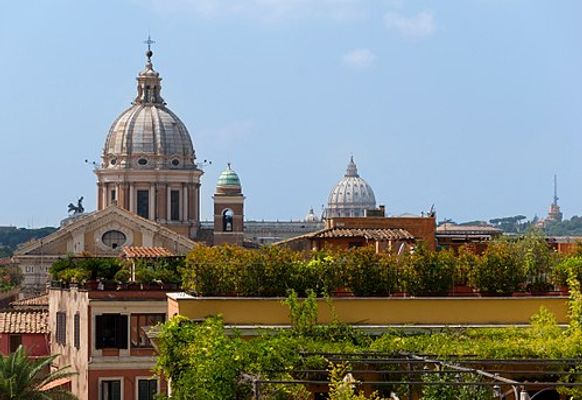
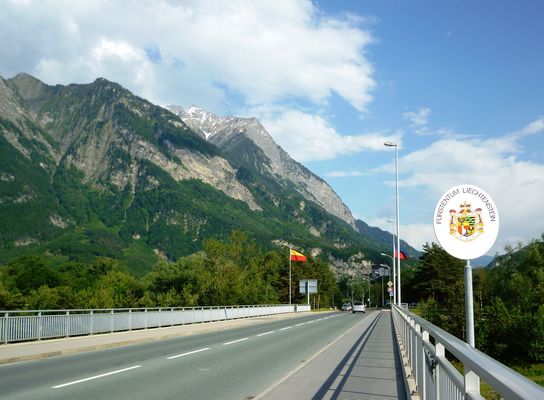
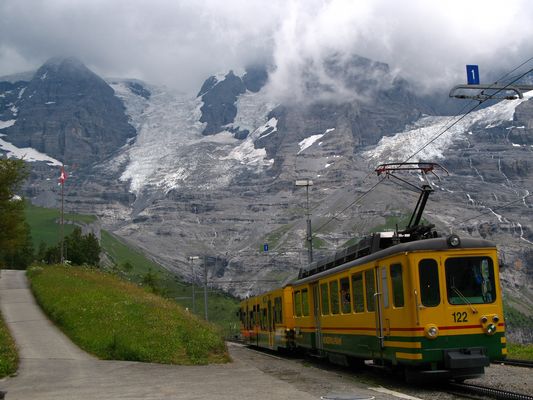
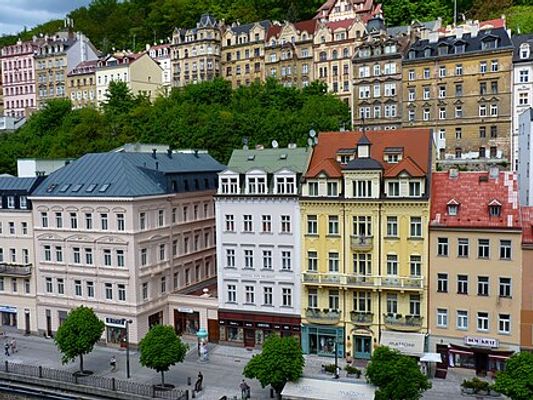
_JPG_500px-Kurultáj_-_Vágta,_2014_08_09_(3).JPG)
